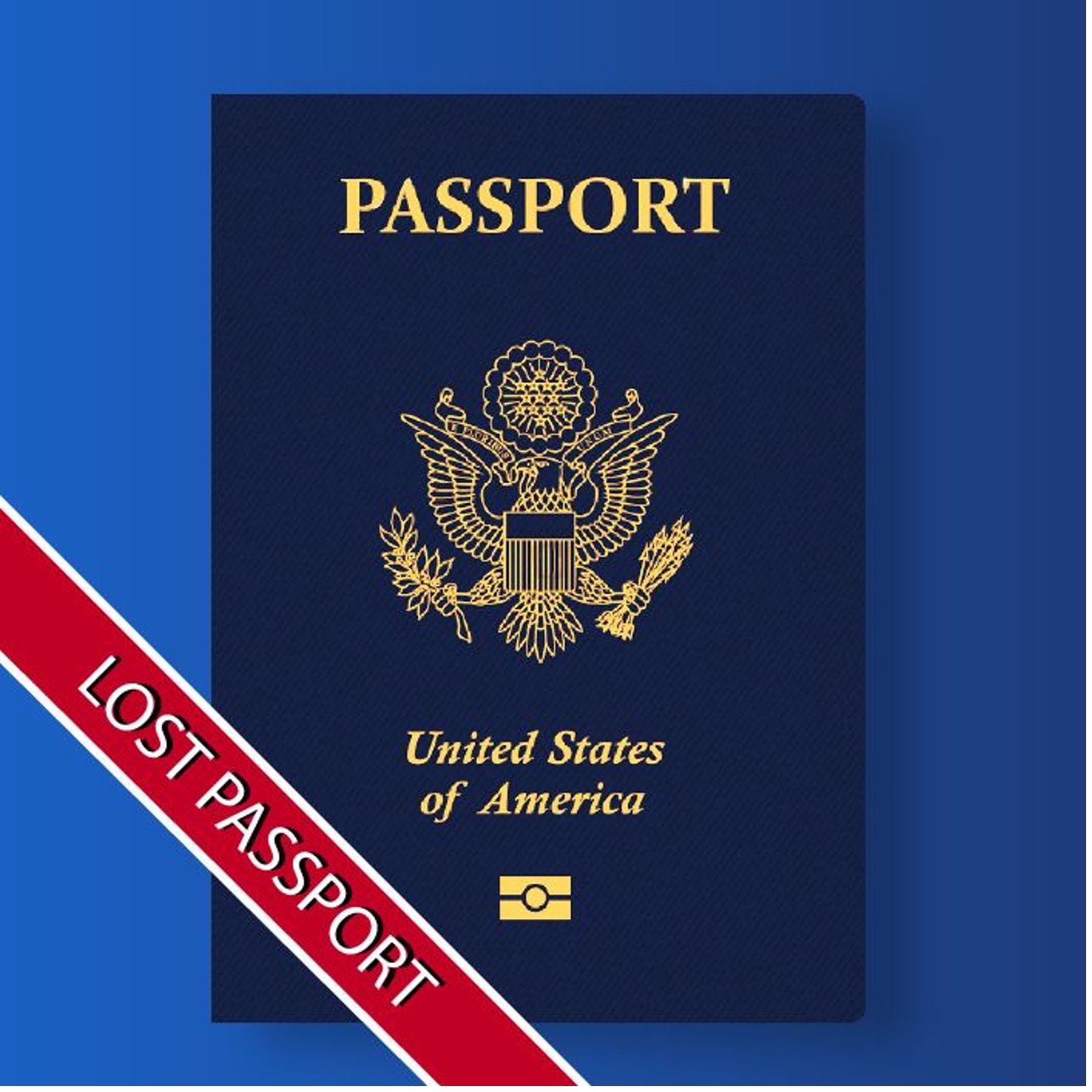Here’s what to do if you lose your passport while traveling internationally.

Imagine this: You’re having the time of your life exploring a foreign country when suddenly you realize your passport is missing. Panic sets in as you wonder how you’ll get back home without this crucial document. Don’t worry! While losing your passport overseas is definitely stressful, it’s a problem that can be solved. Here’s what you need to do:
Find the nearest U.S. Embassy or Consulate.
Your first step is to locate and contact the closest U.S. Embassy or Consulate. They’re there to help American citizens with issues like lost or stolen passports. Before you travel, make sure to note down the contact details of the relevant embassy or consulate, just in case.
Report the loss to the local police.
It’s a good idea to file a police report about your missing passport, especially if you think it may have been stolen. However, if obtaining a police report will make you miss your flight or significantly delay your travel plans, feel free to skip this step.
Gather the necessary documents.
-A passport photo (bring one with you to speed things up)
-ID (driver’s license)
-Proof of U.S. citizenship (birth certificate, copy of your lost passport)
-Your travel itinerary (airline or train tickets)
-A police report, if you filed one
–Completed DS-11 application
–Completed DS-64 statement form describing the circumstances under which the passport was lost or stolen
Pay the replacement fees.
The same fees associated with obtaining a non-emergency passport apply to replacement passports: $130 for a passport book and $30 for a limited-use passport card. Though replacement passports are usually valid for 10 years for adults and five years for minors, there are limited-validity emergency passports that can be produced more quickly for travelers so they can return home to the U.S. or continue with their trip.
Note: Most embassies and consulates cannot issue passports on weekends or holidays.
Twist’s Take: Don’t panic if you lose your passport abroad; contact the nearest U.S. Embassy or Consulate ASAP and go from there.
